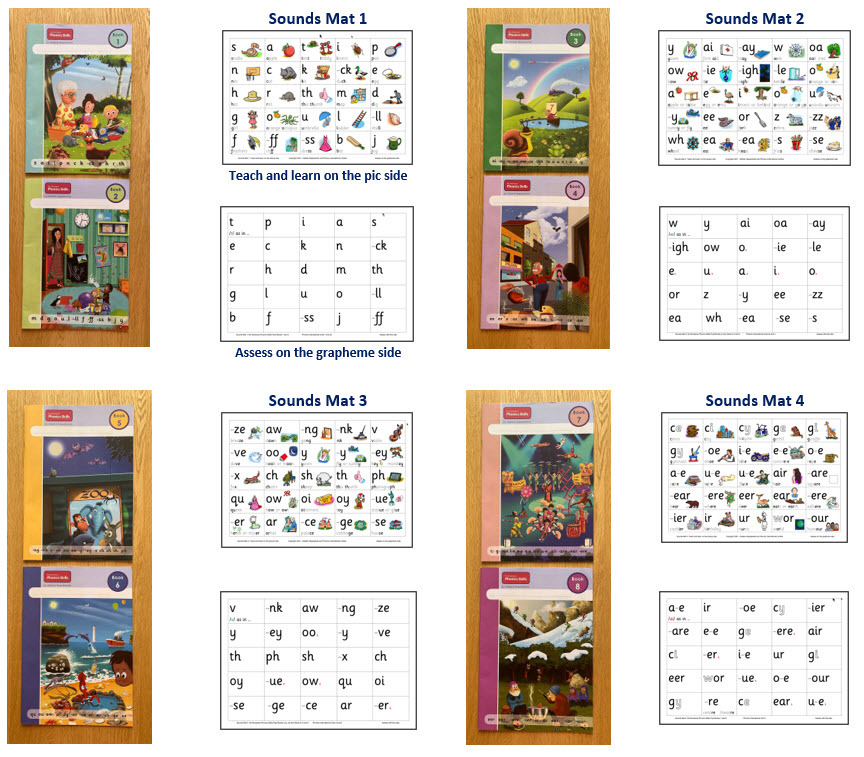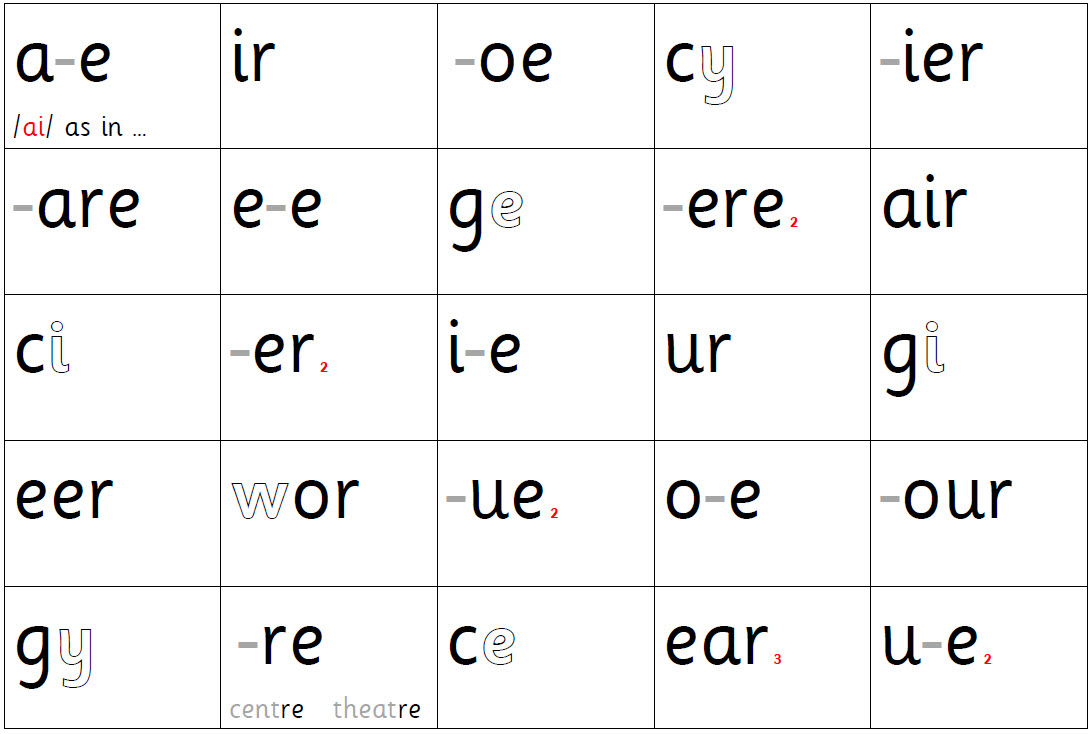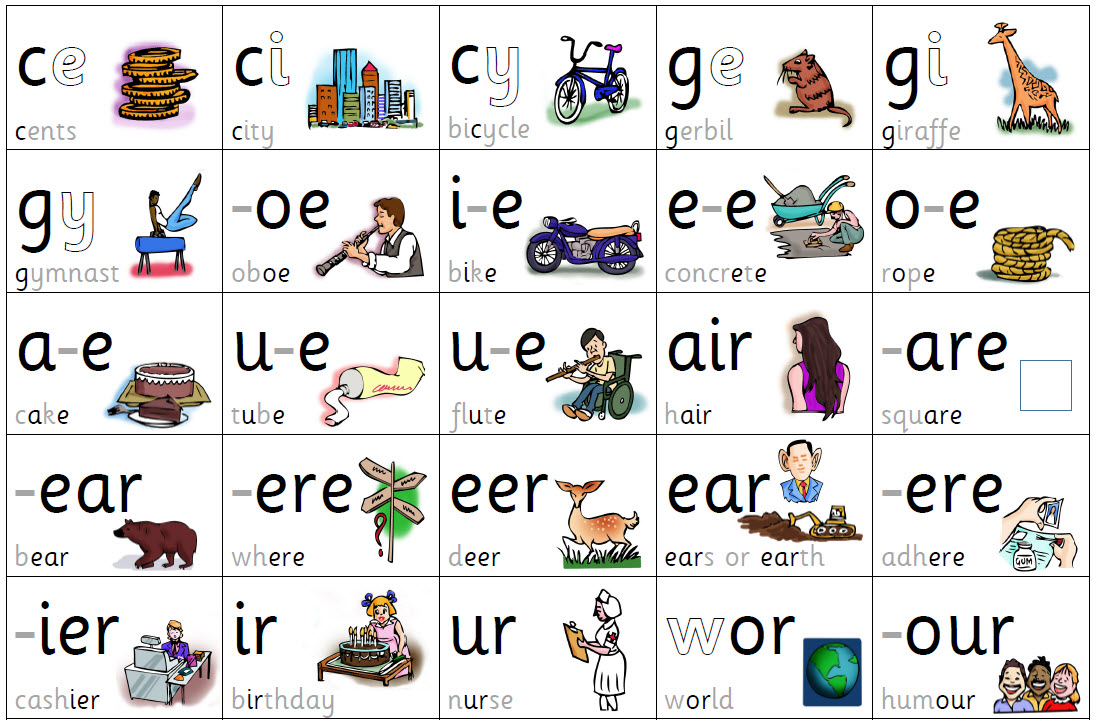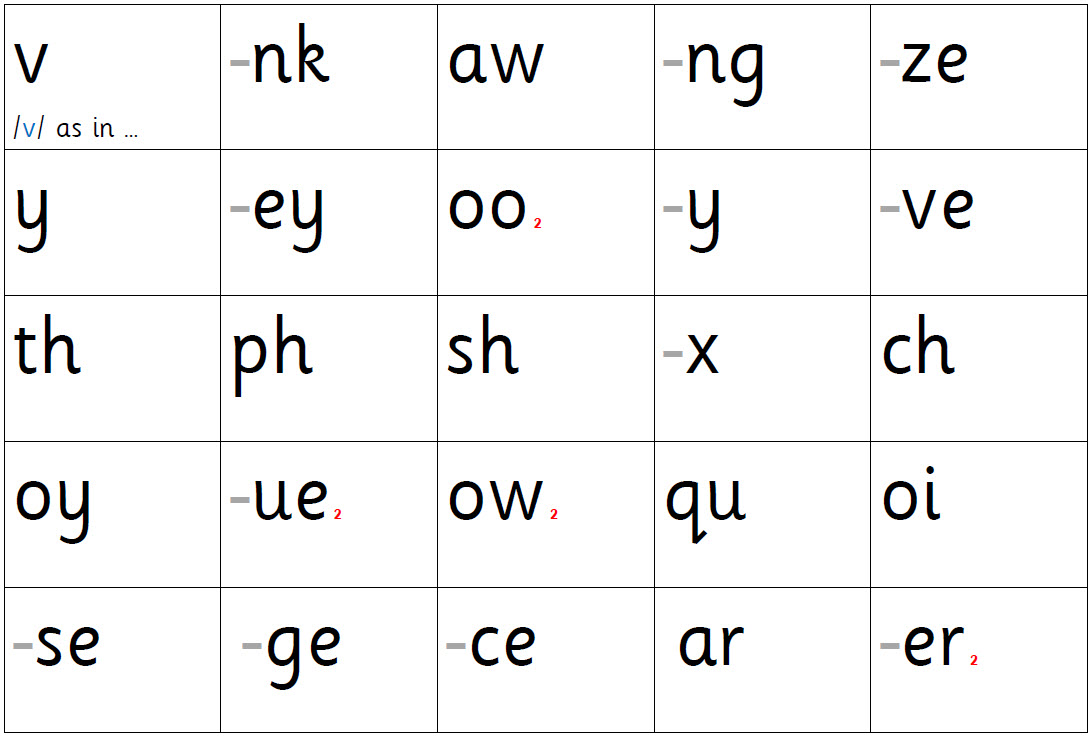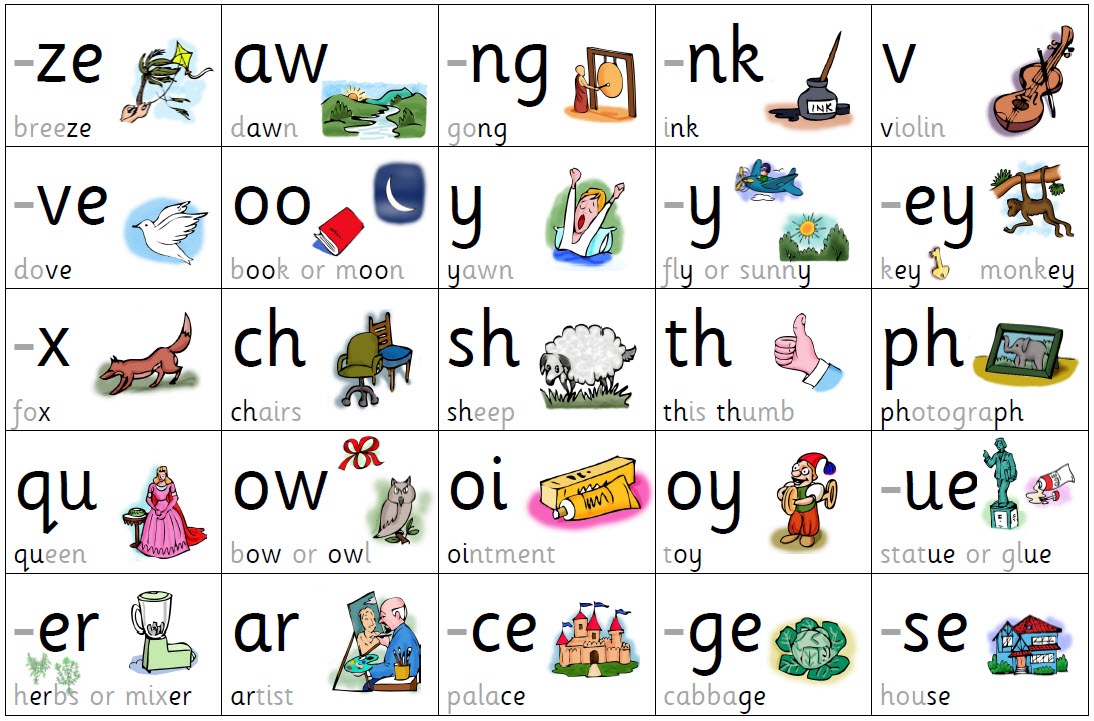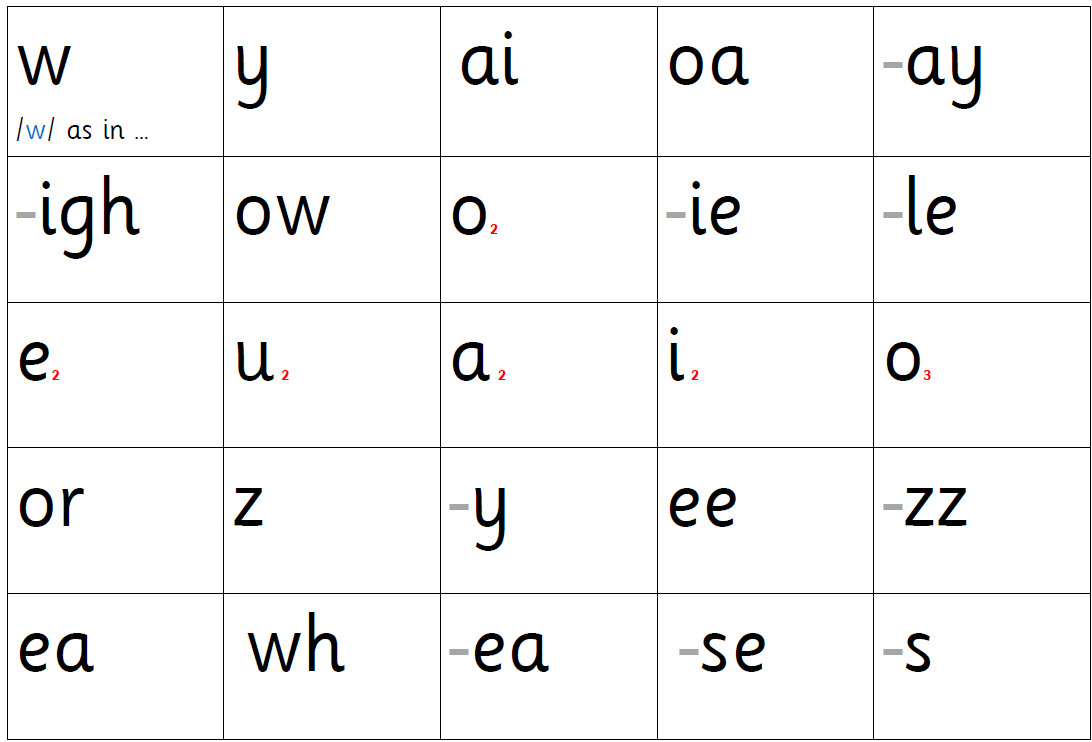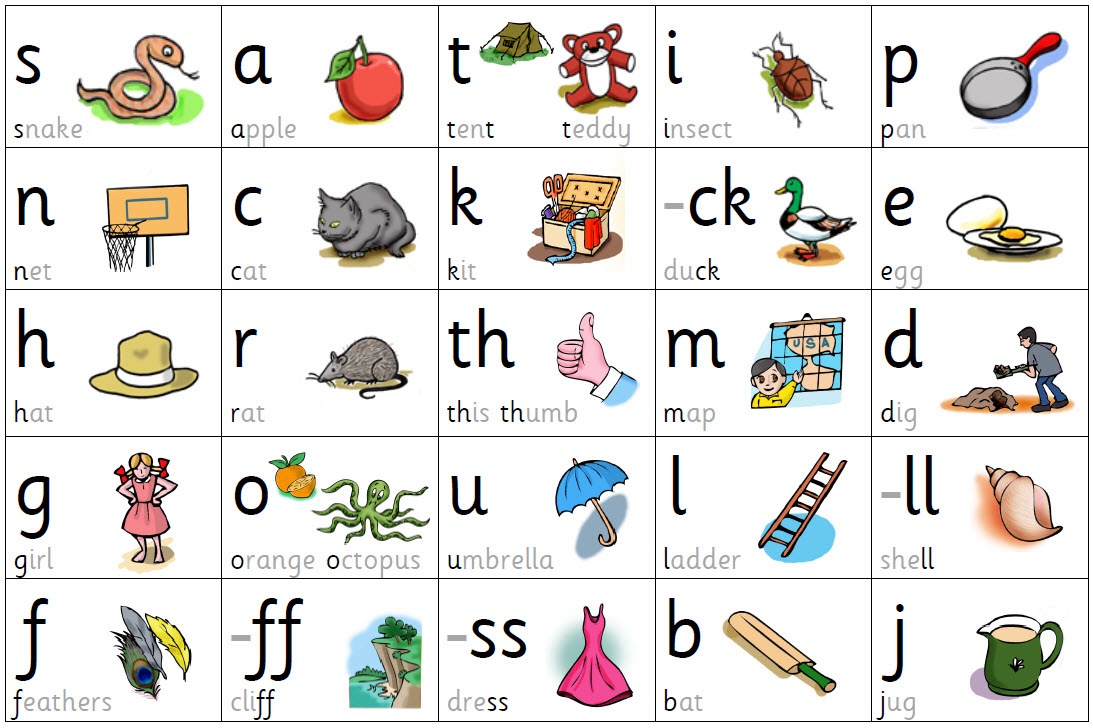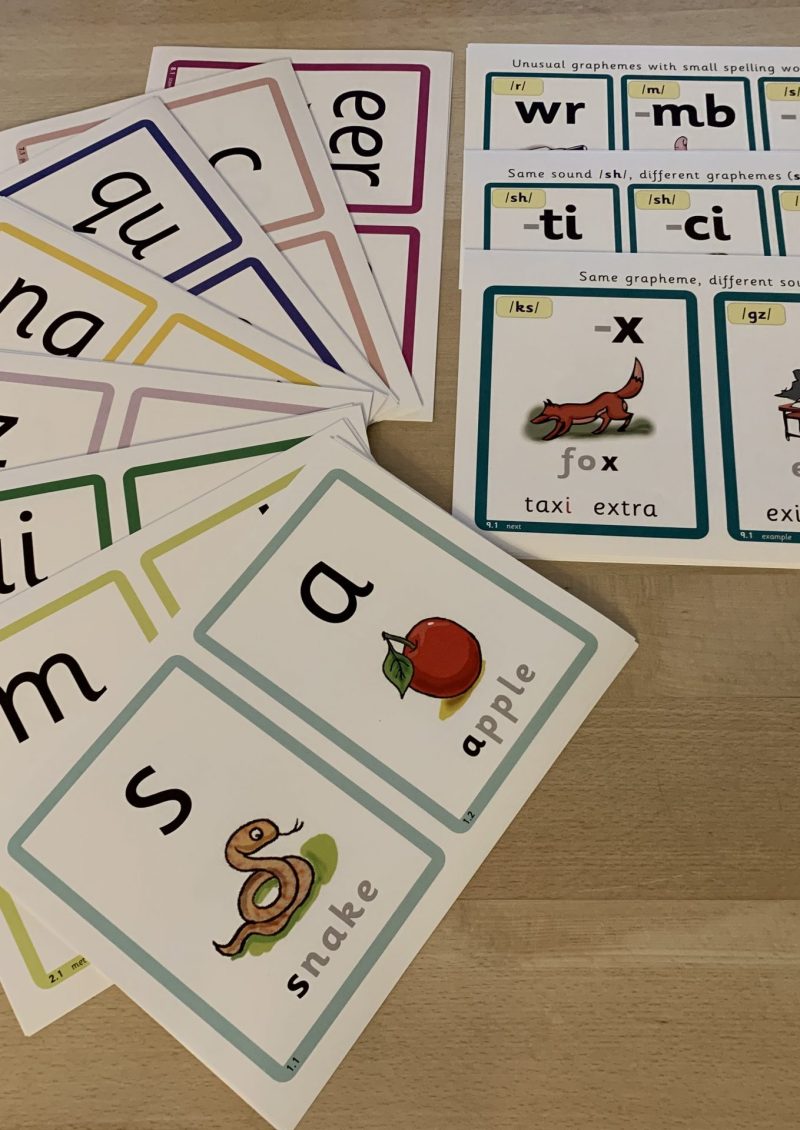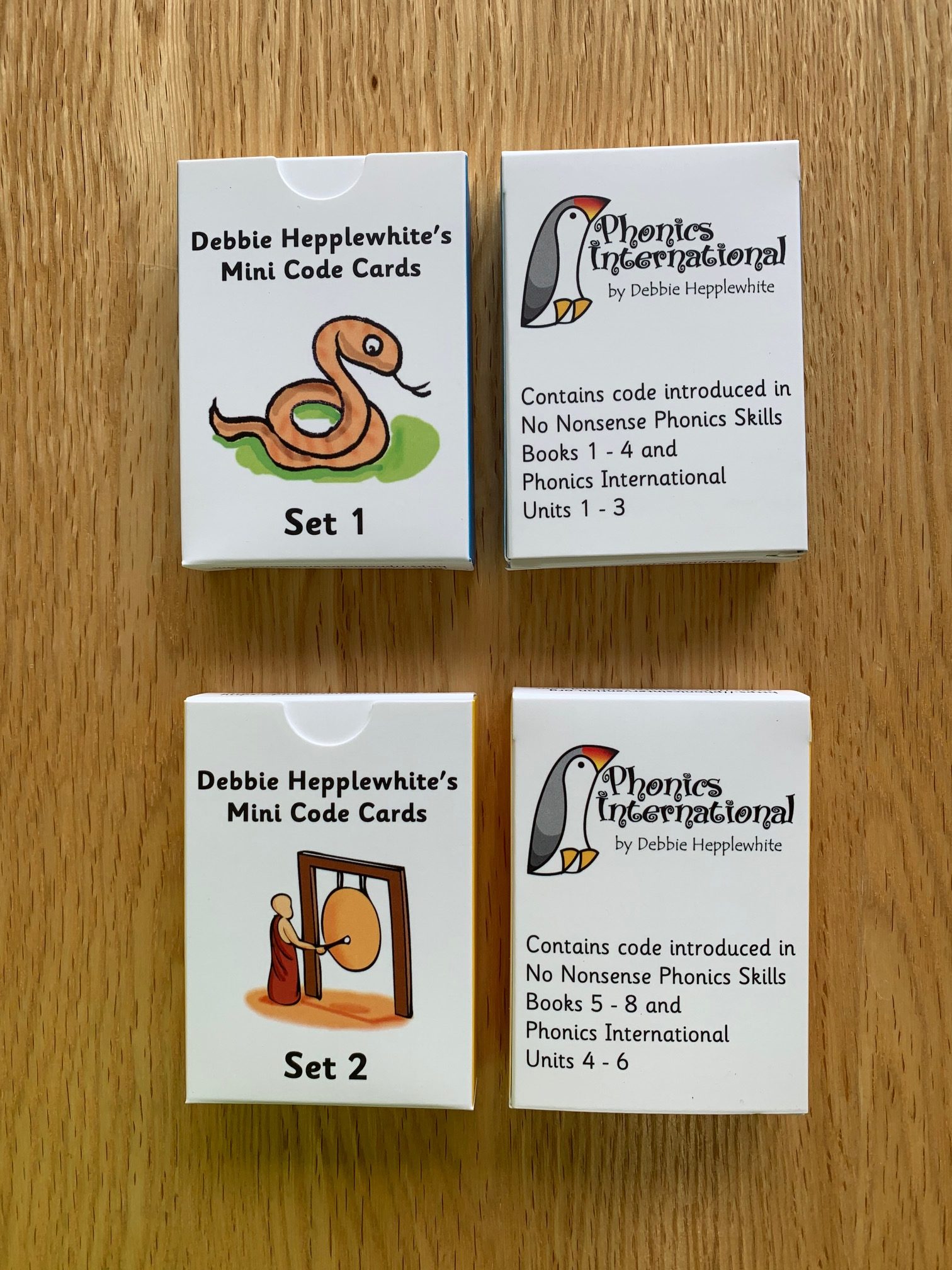
Mini Code Cards (Set 1 and Set 2 – sold together)
29th April 2021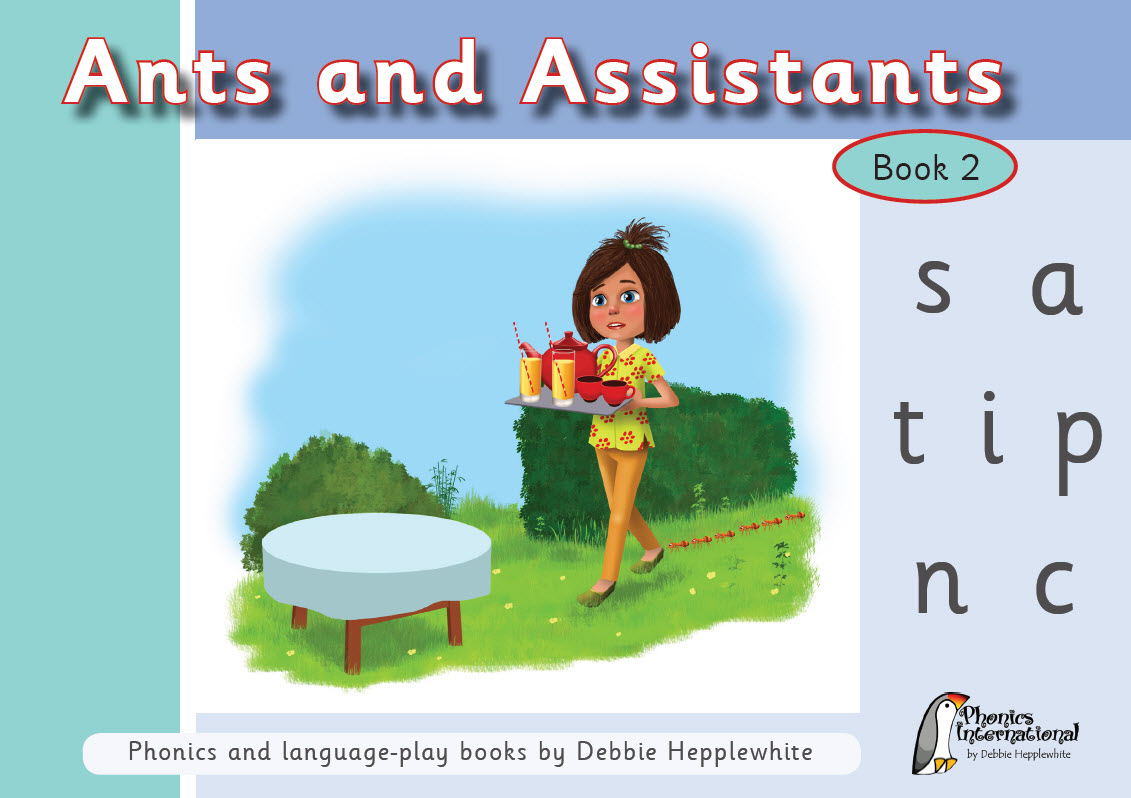
Phonics Reading Books – Book 2 (Ants and Assistants ) – Pack of 5
10th June 2021Sound Mats – Set of 4
£4.00 plus VAT (if applicable)
Size and paper type:
Each sounds mat is A4 (297mm x 210mm) and 350gsm with a silk finish.
Organising and sequencing:
The 4 double-sided sounds mats divide
the letter/-sound correspondences into four groups and they are numbered:
Sounds Mat 1: NNPS Pupil Books 1 & 2
Sounds Mat 2: NNPS Pupil Books 3 & 4
Sounds Mat 3: NNPS Pupil Books 5 & 6
Sounds Mat 4: NNPS Pupil Books 7 & 8
For Full Information and Printable Guidance Click HERE
Size and paper type:
Each sounds mat is A4 (297mm x 210mm) and 350gsm with a silk finish.
Organising and sequencing:
The 4 double-sided sounds mats divide
the letter/-sound correspondences into four groups and they are numbered:
Sounds Mat 1: NNPS Pupil Books 1 & 2
Sounds Mat 2: NNPS Pupil Books 3 & 4
Sounds Mat 3: NNPS Pupil Books 5 & 6
Sounds Mat 4: NNPS Pupil Books 7 & 8
For Full Information Click HERE
For Printable Guidance (PDF) Click HERE
The No Nonsense Phonics Skills Pupil Books:
The 4 sounds mats feature the letter/s-sound correspondences in Pupil Books 1 to 8.
Phonics International:
The online Phonics International programme (for all ages as required) has 12 Units of cumulative printable and projectable resources. The set of 4 ready-made sounds mats include the letter/s-sound correspondences introduced in the first half of Phonics International, Units 1 to 6, for when learners are beginners and/or slower to learn.
For information, free training and free resources, see: https://phonicsinternational.com
Purpose of the Sounds Mats:
The 4 sounds mats provide constant visual aids for ready-reference, tabletop use in the classroom and for any ‘breakout’ areas where phonics is taught. The picture side of the sounds mats revise, embed and interleave learning of the past, current and ‘to be taught soon’ letter/s-sound correspondences of the alphabetic code as introduced in the No Nonsense Phonics programme (in NNPS Pupil Books 1 to 8) and in the Phonics International programme (Units 1 to 6). The spread of letter/s-sound correspondences available to see ‘at a glance’ also allows for ‘differentiation’, for ‘incidental phonics teaching and learning’ and can support children’s ‘self-teaching’. These are all important aspects of Debbie Hepplewhite’s approach to phonics provision that underpin her resource and programme design, and teacher-training. The sounds mats can be useful
to support some reading and writing in the wider curriculum.
The picture side – teach and learn:
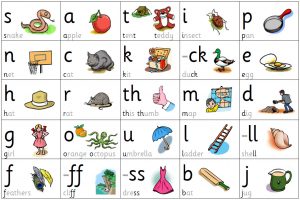 An important feature of the picture side of the sounds mats is the inclusion of the focus letter/s-sound correspondences within whole printed words to exemplify the specific sound intended. In the complex English alphabetic code, the ‘position’ of graphemes (letters and letter groups) is important as some correspondences are not the code (the spelling) for the featured sound at the beginning of words. An example of this includes graphemes such as ‘–ck’ which is never used to spell the /k/ sound at the beginning of the word. That is why there are grey dashes in front of some letters and letter groups to scaffold and explain the English spelling system for learners. The pictures on the sounds mats are the ‘key picture words’ found throughout the NNP and PI resources and featured on the giant and mini Alphabetic Code Charts. The sounds mats feature both ‘spelling alternatives’ for various sounds, and also ‘pronunciation alternatives’ for some of the graphemes.
An important feature of the picture side of the sounds mats is the inclusion of the focus letter/s-sound correspondences within whole printed words to exemplify the specific sound intended. In the complex English alphabetic code, the ‘position’ of graphemes (letters and letter groups) is important as some correspondences are not the code (the spelling) for the featured sound at the beginning of words. An example of this includes graphemes such as ‘–ck’ which is never used to spell the /k/ sound at the beginning of the word. That is why there are grey dashes in front of some letters and letter groups to scaffold and explain the English spelling system for learners. The pictures on the sounds mats are the ‘key picture words’ found throughout the NNP and PI resources and featured on the giant and mini Alphabetic Code Charts. The sounds mats feature both ‘spelling alternatives’ for various sounds, and also ‘pronunciation alternatives’ for some of the graphemes.
The grapheme side – assess by adult or child:
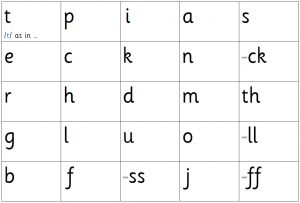 The reverse sides of the sounds mats provide a quick and easy way of assessing (and practising) the letter/s-sound correspondences known to ‘automaticity’ – or not! Although not all children respond at the same speed to ‘seeing the letter/s, and saying the sounds’, nevertheless their responses indicate how automatic and secure the code knowledge is embedded. Children can even assess themselves as to whether they ‘know’ a grapheme well and, if not, immediately flip over the card to find the grapheme with its key picture and word to remind, or teach, themselves.
The reverse sides of the sounds mats provide a quick and easy way of assessing (and practising) the letter/s-sound correspondences known to ‘automaticity’ – or not! Although not all children respond at the same speed to ‘seeing the letter/s, and saying the sounds’, nevertheless their responses indicate how automatic and secure the code knowledge is embedded. Children can even assess themselves as to whether they ‘know’ a grapheme well and, if not, immediately flip over the card to find the grapheme with its key picture and word to remind, or teach, themselves.
Scale of the letter shapes on the Sounds Mats:
On the tabletop Alphabetic Code Charts there is a very comprehensive range of letter/s-sound correspondences which include the extended code from the No Nonsense Phonics Skills Pupil Book 9 and the full Phonics International programme. These provide an excellent overview of the complex English alphabetic code – the letter shapes are inevitably small scale because of the number of letter/s-sound correspondences featured. The sounds mats provide a resource where the featured graphemes are in larger-scale letter shapes which is particularly supportive of beginners and younger children, and children who may be visually impaired.
Mnemonic (aid to memory) key picture-words:
Every new or focus grapheme of the alphabetic code in NNP and PI has an example key picture and printed word.
A grapheme is a letter or letter group that is code for a featured sound. The key picture-words on the sounds mats
are included on Debbie’s free printable/projectable Giant and Mini tabletop Alphabetic Code Charts.
See these charts, including an ‘audio’ chart at: https://alphabeticcodecharts.com .
See the full range of ready-made resources at: https://phonicsintervention.org
| Weight | 0.15 kg |
|---|

